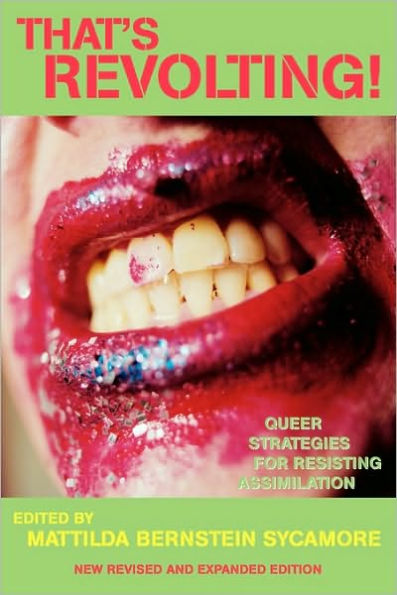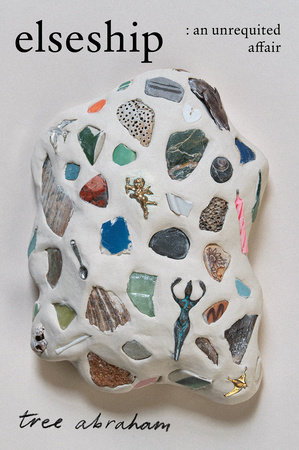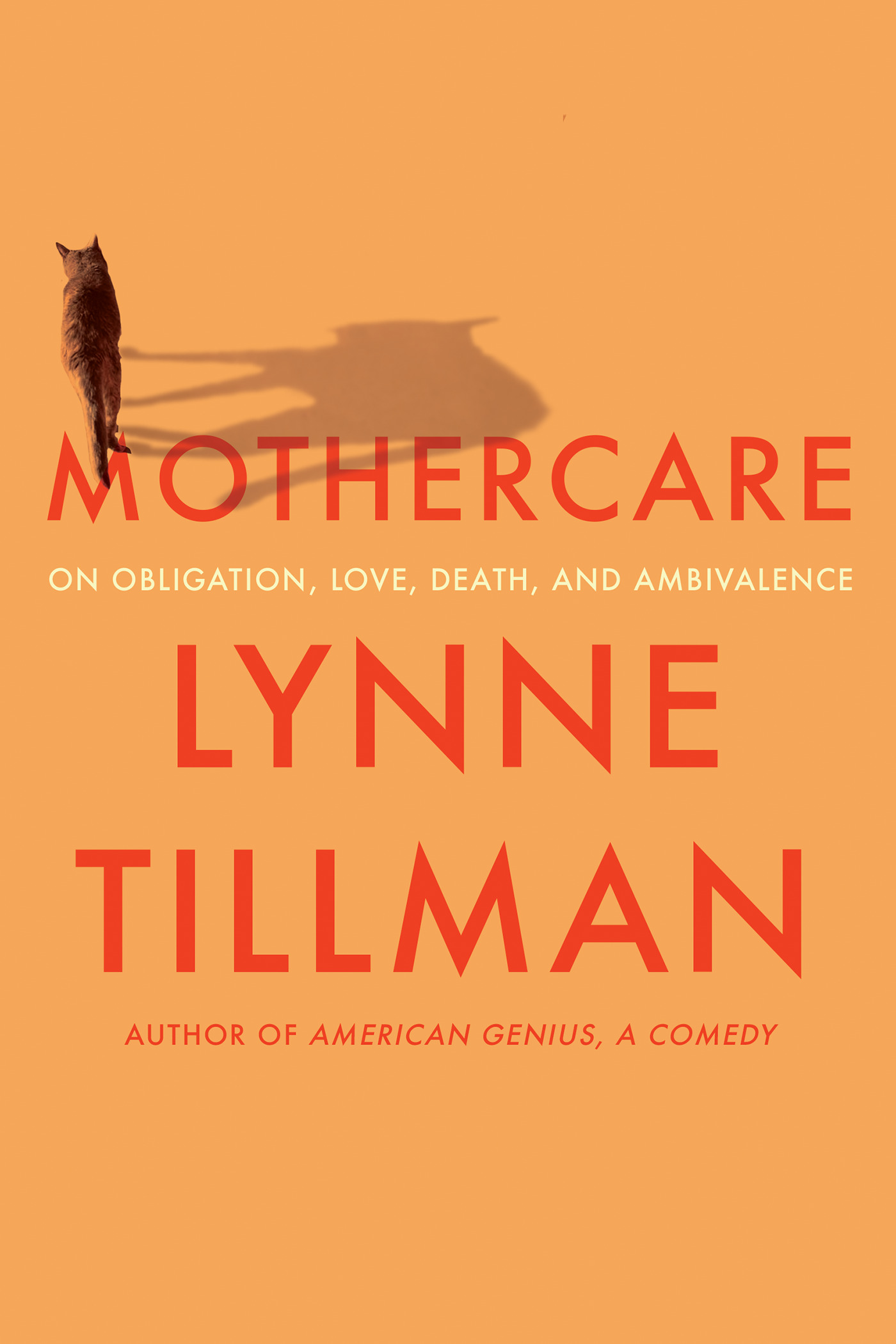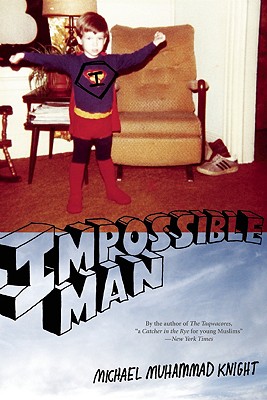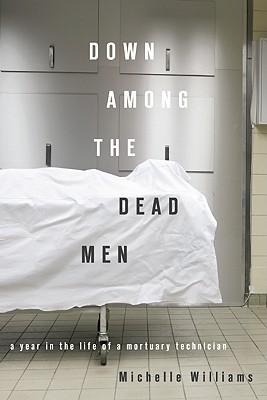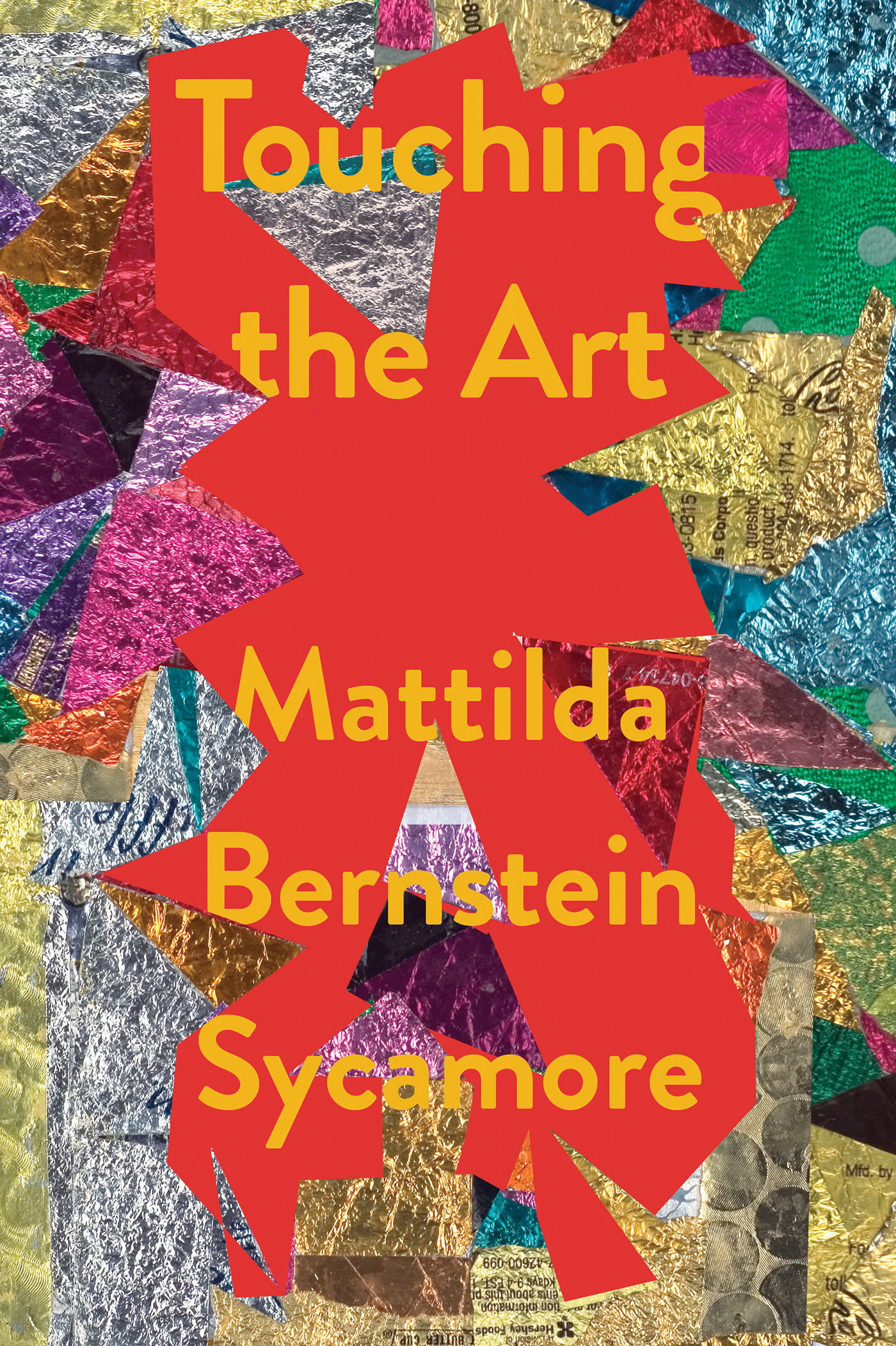
Touching the Art
Mattilda Bernstein Sycamore
On Sale: 11/07/2023 | $27
9781593767358 | Hardcover 6 x 9 | 304 pages Buy it Now
Book Description
Finalist for the Pacific Northwest Book Awards
Finalist for the Washington State Book Awards
A daringly observant memoir about intergenerational trauma, fine art, and compartmentalization from a returning Soft Skull author and Lambda Literary Award winner
A mixture of memoir, biography, criticism, and social history, Touching the Art is queer icon and activist Mattilda Bernstein Sycamore’s interrogation of the possibilities of artistic striving, the limits of the middle-class mindset, the legacy of familial abandonment, and what art can and cannot do.
Taking the form of a self-directed research project, Sycamore recounts the legacy of her fraught relationship with her late grandmother, an abstract artist from Baltimore who encouraged Mattilda as a young artist, then disparaged Mattilda’s work as “vulgar” and a “waste of talent” once it became unapologetically queer.
As she sorts through her grandmother Gladys’s paintings and handmade paperworks, Sycamore examines the creative impulse itself. In fragments evoking the movements of memory, she searches for Gladys’s place within the trajectories of midcentury modernism and Abstract Expressionism, Jewish assimilation and white flight, intergenerational trauma and class striving.
Sycamore writes, “Art is never just art, it is a history of feeling, a gap between sensations, a safety valve, an escape hatch, a sudden shift in the body, a clipboard full of flowers, a welcome mat flipped over and back, over and back, welcome.”
Refusing easy answers in search of an embodied truth, Sycamore upends propriety to touch the art and feel everything that comes through.
Praise For This Book
Finalist for the Pacific Northwest Book AwardsFinalist for the Washington State Book Awards
Ms., A Most Anticipated Title of the Year
The Stranger, A Must Read Book of Fall
"Sycamore creates a mosaic of art and humanity, flaws and all." —Sarah Neilson, The Seattle Times
"Unapologetic and reflective, Sycamore's memoir invokes the very nature of art and the mindset of the artist, noting, 'When you allow your work to express what you see, sometimes your work expresses more than you know.' Queer artists will find much to ponder in this outspoken, deeply felt examination of creativity, family, betrayal, and independent expression."—Jim Piechota, The Bay Area Reporter
“[Touching the Art] blurs the lines of genre convention and polyvocality by assembling a multivoiced collage of texture, feeling, and evidence . . . Sycamore paints with language, using it as a device to translate her grandmother’s canvases into multisensory descriptions that branch off into various sites of memory, analysis, and juxtaposed quotations, modeling how inseparable art and life are . . . [Touching the Art] asks us to place our hand and tongue directly on the painting, to know that it becomes ours through this contact, and that both we and the artwork will be changed by our touch.” —Sam Sax, The Believer
"[Sycamore] explores the fertile ground of her life with incredible nuance in prose that reads almost like stream-of-consciousness but is actually an intricate and deliberate prism of meaning." —Sarah Neilson, Shondaland
"Sycamore offers readers a brilliant rethinking of the value of art and the possibility of connection across seemingly intractable familial divides." —Elizabeth Hall, Full Stop
"Part memoir, part social history, part political analysis, and part queer theory, Touching the Art tells a compelling and evocative story." — Eleanor J. Bader, The Indypendent
"Reading Touching the Art, one believes again in the vision of a life that can be transformed through art. But you have to keep your eyes wide open." —Peter Valente, Heavy Feather Review
"This hybrid work of biography, social history, and criticism weaves memoir seamlessly into the mix." —Daniel Allen Cox, The Brooklyn Rail
"Brilliant." —Lynn Melnick, Lilith Magazine
"There are almost no question marks at the end of Sycamore’s sentences—the state of wondering is constant . . . she does find solace in the searching, inviting us to be active creators in the collage of our being" —Mikhal Weiner, Jewish Book Council
"Frank, intimate reflections on art, life, and their often complex intersections." —Kirkus Reviews
"Mattilda Bernstein Sycamore braids humor, tragedy, and unabashed presence in every single sentence she writes. With Touching the Art she blends history, essay, and memoir, telling her own secrets and truths through the lives of others. I adore Sycamore's writing and would follow her anywhere. Nobody touches the art like Sycamore." —Catherine Lacey, author of Pew and Biography of X
"In Touching the Art, Sycamore responds to the call for white artists to reckon with our pasts, our connections to power and privilege. The scalpel she takes to her own family, both the education, access, and love of art they gave her, and the intense and ongoing violence they did to her and cannot face, is brutally laser sharp. In all the messily queer craftsmanship we've come to expect from her prose, she offers us a handhold and a way forward: Touch the art, fuck it up, get free. Art is a part of our liberation and our future, and Sycamore is trying to write us all free." —Joseph Osmundson, author of Virology: Essays for the Living, the Dead, and the Small Things in Between
"Mattilda Bernstein Sycamore’s Touching the Art is ekphrastic, intimate, historical, and proximate. The art of the title, paintings by Sycamore’s grandmother Gladys Goldstein, appears only through description—and what description. We encounter the work, learn who Gladys was and who she was in relation to—how gentrification, redlining, and anti-blackness shape space, and how 'family' organizes itself to refuse confrontation and to excise queerness. Sycamore employs diverging yet deeply related histories. Touching the Art is an education, a beautiful instruction in feeling and looking." —Christina Sharpe, author of In the Wake: On Blackness and Being and Ordinary Notes
"I love writers who take risks, who rattle cages, who overthrow the tables of the money changers, writers who can whisper truths or shout them fabulously from rooftops. Yes, I love Mattilda." —Rabih Alameddine, author of The Wrong End of the Telescope








